A very touching review of Loop Raccord appeared on Infinite Lives:
Playing through the 2011 IGF Nuovo final-list: Loop RaccordJenn Frank · December 23, 2010 at 7:34 am · Filed under Design philosophy
Now that the IGF’s Nuovo Award Finalists have been announced, I hope it’s safe for me to post my impressions of another strong contender, Loop Raccord.
In Loop Raccord, the player is tasked with finding just the right spot in an animated gif, splicing it there, and then reversing the footage so that it creates an infinite loop.
In any given stage, videos are arranged in a grid, 12 at a time, everything moving and bobbing and jumping all at once. Its no-frills presentation is jarringly ugly. It’s a YTMD migraine. It isn’t even fun. And I couldn’t stop playing it. Oh, my god, I came back to it again and again.
And I was horrified, too, because I knew that clearing all these stages was pointless: the game was developed according to the Experimental Gameplay Project’s Neverending theme. Loop Raccord’s visual cacophony is endless. I knew I was headed nowhere! And yet I was completely arrested.
What should video games do? Often we—I am lumping myself in with critics and reviewers, but game-makers say this, too—tell designers to ‘engage the player,’ without considering what we’re really saying. What does that even mean, to ‘engage’ someone?
I can engage anyone in conversation, and just because he politely engages with me doesn’t mean that he wants to, or that he’s having fun, or that he isn’t trying to get away from me. When game critics tell game-makers “you need to engage the player,” what they really mean is, “You need to make your player invest in your game.”
Developers, you need to dangle any kind of carrot. I need to see my goals, always in view, just out of my grasp. That’s what a game should do to me.
Nicolai Troshinsky has done exactly this. Here I am, grudgingly playing some interactive thing about film-splicing, which is probably the least of my interests. And I start pausing between takes to examine all the other screaming rectangles on my grid: one down, two down, four down, stage clear. I start looking forward to other squares on the grid.
I recognize a clip. “I can’t wait to make Santa Claus from Miracle on 34th Street look stupid,” I think to myself. Or I recognize an animated square I’ve already looped: “That one will be easy,” I remind myself optimistically. I start planning out my goals, even though I know the game is endless and so, in that superficial way, fruitless.
But I am also talking aloud to no one a lot. And grunting, and whooping, depending on my successes and failures. I am remembering Metagames and Containers and thinking about the game, with all its small goals and accomplishments, that I have been making for myself.
Loop Raccord is zenlike and meticulous, but it’s also kind of stressful. And it’s hilarious! I can’t believe how funny the game is! But what is it? Is it supposed to be an installation? I can picture it projected onto a wall, a large crowd of people passing a wireless controller among its players.
I am only a little bit ashamed of what I wrote directly to Loop Raccord’s developer:
I thought a lot about your game in the grocery store parking lot yesterday. I struggled to understand how a game that is endless, with no save states, with no real forward or backward direction, no permanent success or failure, can feel so satisfying. **And then, belatedly, I understood the ‘endless loop’ joke more concretely, realizing that, in playing, I was a looped film clip too. I’m jogging forward and backward, finishing a screen and starting over, and ultimately, I’m fixed in space and time, too, just like the subjects in the film clips. Loop Raccord taught me, in a very short space, that I can feel fulfilled without need of a fixed destination.**
http://www.infinitelives.net/2010/12/23/playing-through-the-2011-igf-nuovo-final-list-loop-raccord/
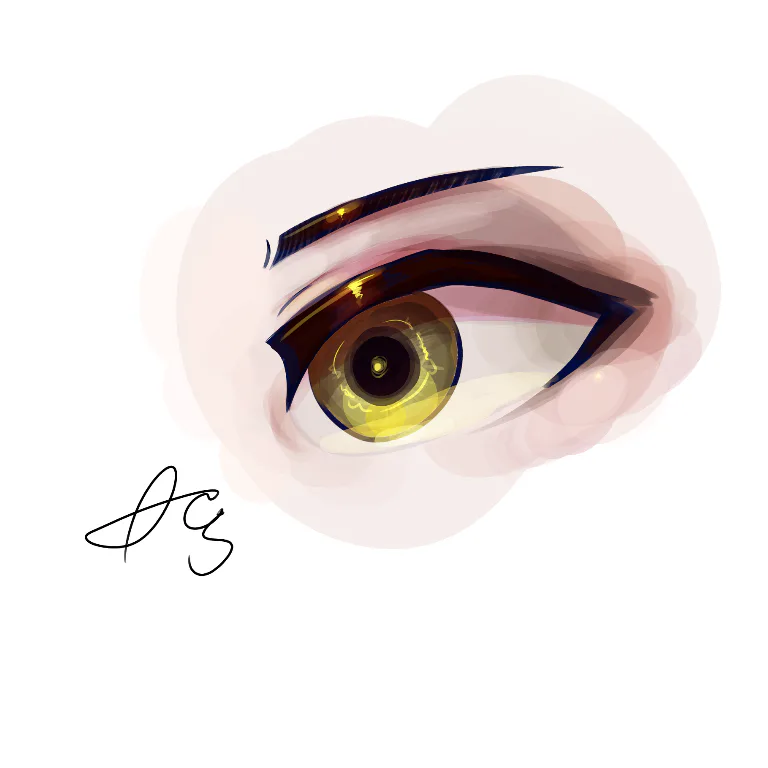
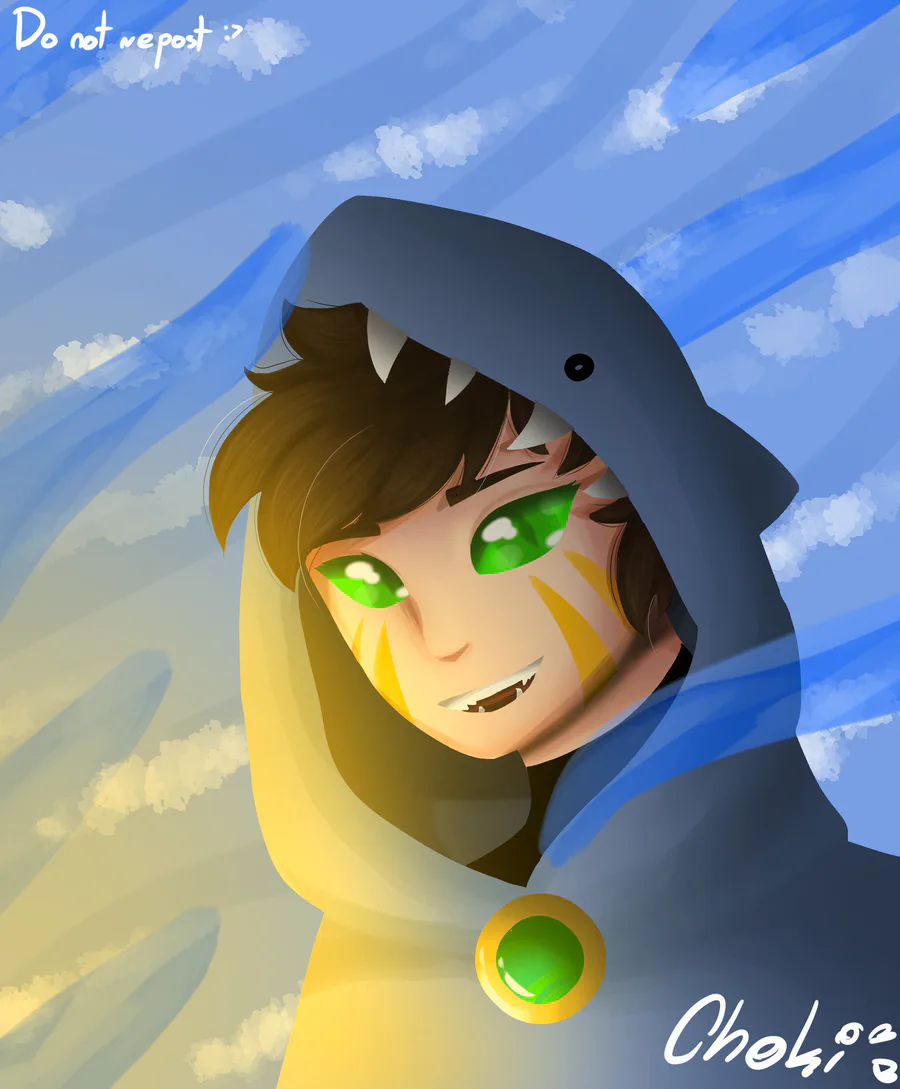
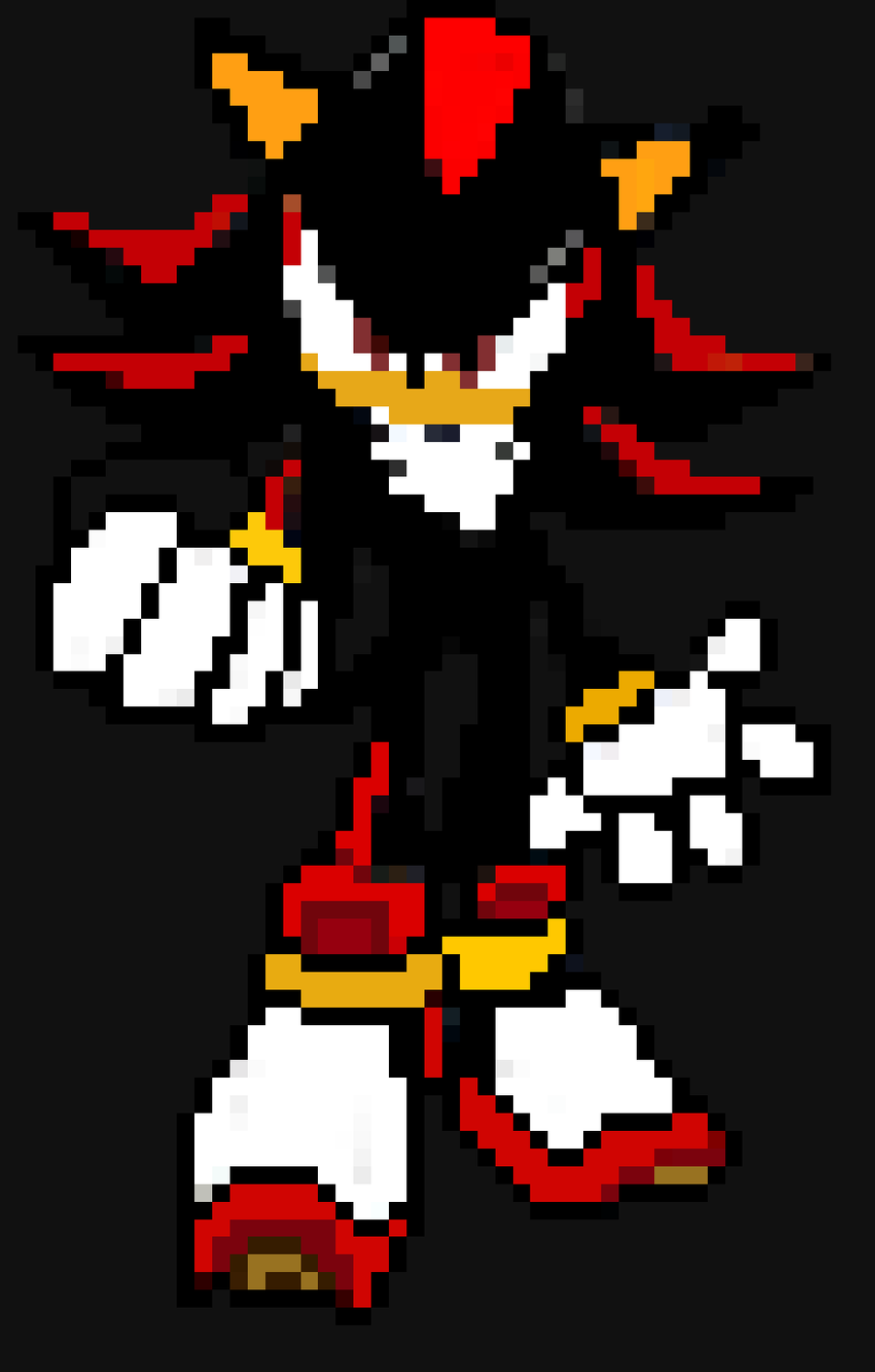
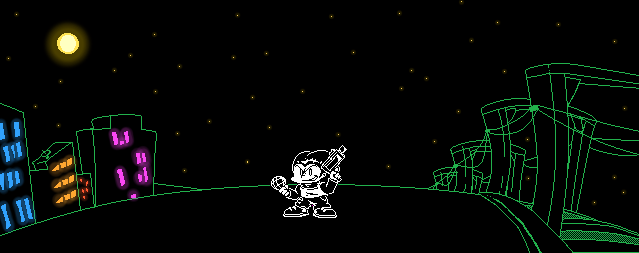
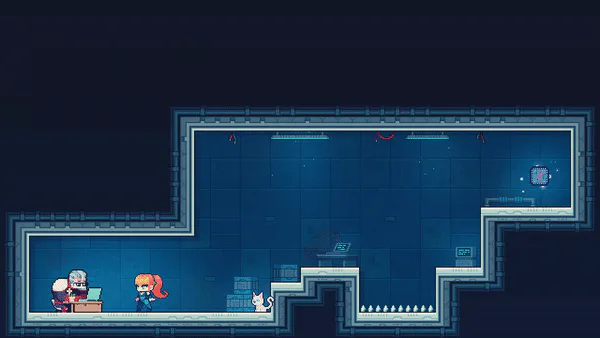

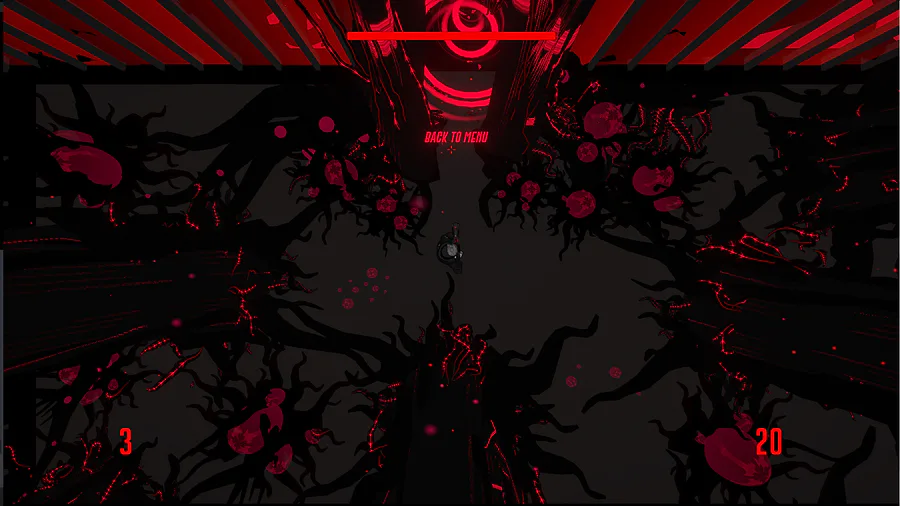
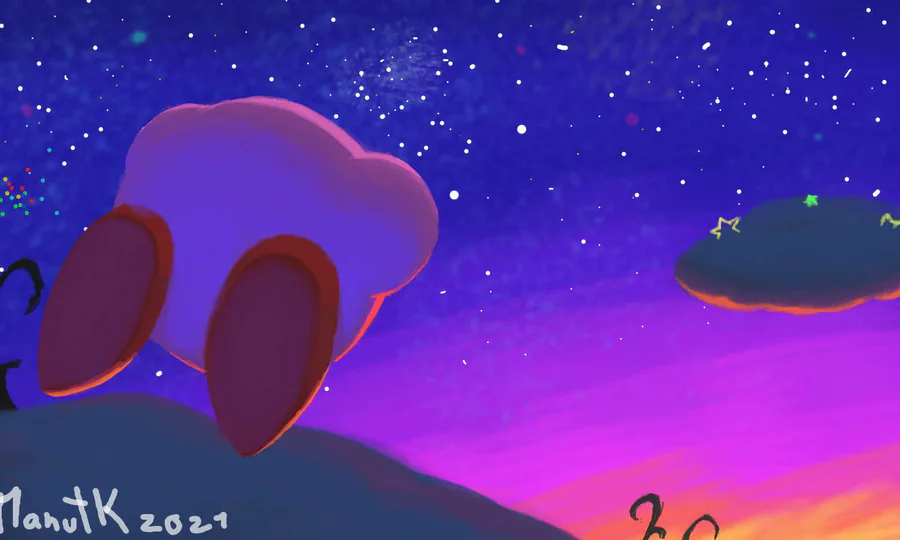
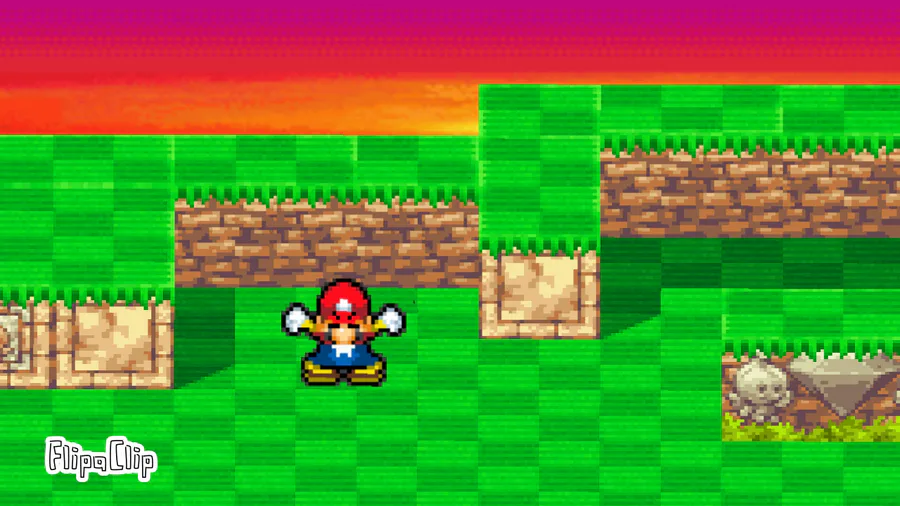

0 comments